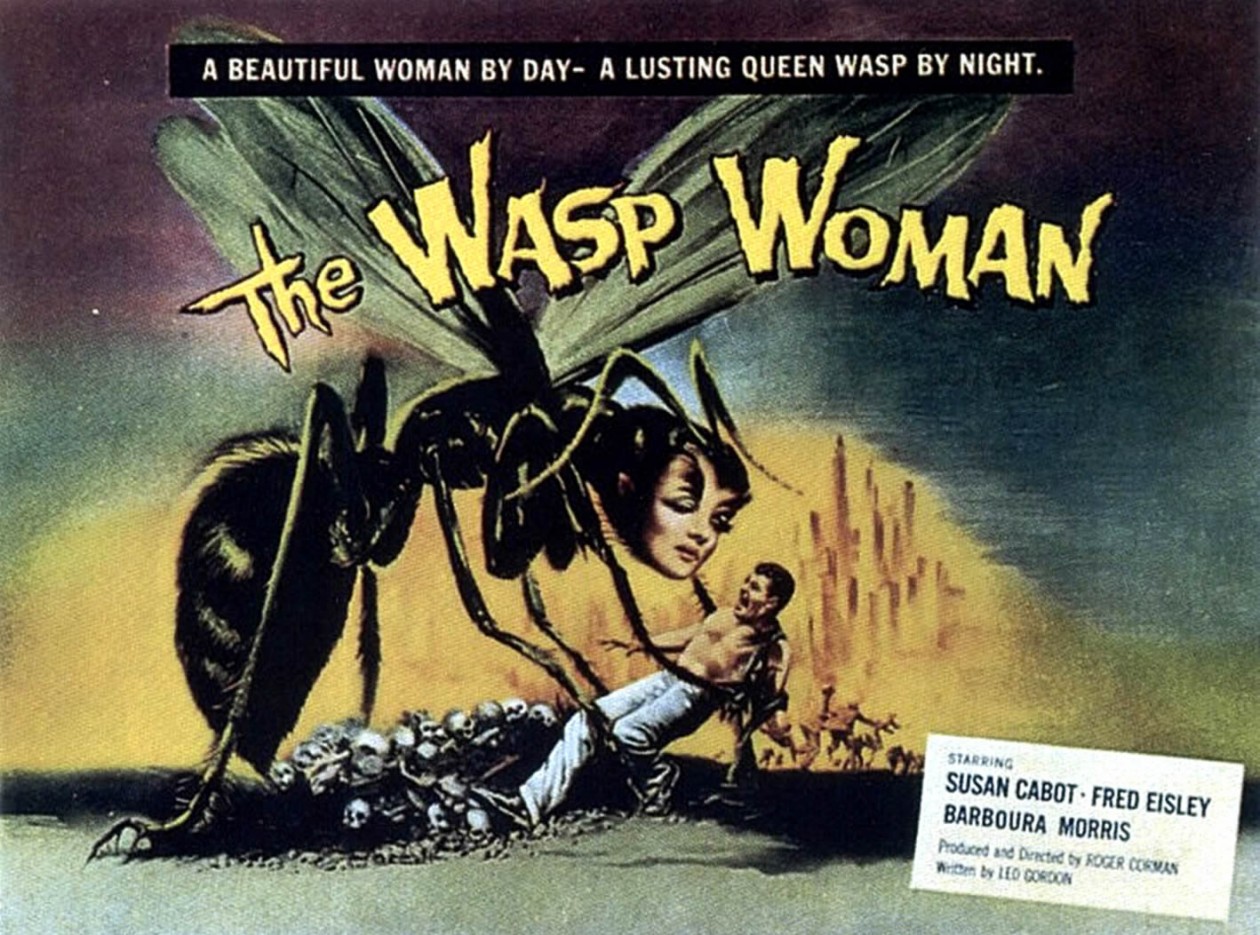One of the issues I had with with the ending of Blonde Venus portrays is that the subversion of economic status that Lea Jacobs brought up in her article carries some unfortunate implications that prevent Helen’s actions from being an entirely positive display of strong, independent femininity. Jacobs implies Helen’s decision to stay as one that is ultimately the best of the possible endings, partially because it goes against “[conformity] to a general trajectory of class rise that was conventionalized and extremely popular in this period.” (24)
However, I see Helen’s decision to remain with Ned at the end to be one that’s simultaneously baffling and contradictory to the film’s own visual language. In the scene wherein Ned confronts Helen about her affair, his face is cast entirely in shadow by the brim of his hat and Helen is, contrastingly, placed in a bright light. Despite what Jacobs says about the “[surmising] that the studio” are the ones who find “Ned’s harshness toward his wife unsympathetic,” the creative direction behind the film itself is pushing the viewer towards that same conclusion (24). This perspective isn’t as unfounded as Jacobs makes it out to be; rather, it’s quite actively suggested within the text of the film.
It’s that single instance in which Ned is demonized (versus the overall neutral stance the film takes in portraying Nick) that makes the ending particularly uncomfortable for me. I have a variant on the studio’s ending in mind that I’d actually prefer over any of the three endings written: Helen returns home to see Johnny once more but realizes that she cannot stay with Ned based on how he has treated her, remaining steadfast in her decision to be with Nick. The arbitrary infidelity and judicial subplot would be erased and, despite the unhappy ending regarding her maternal side, Helen gets to maintain her independent nature. As it stands, the canonical ending leaves the unsettling implication that Helen makes the sacrifice of returning to her verbally abusive husband to be with her child.
